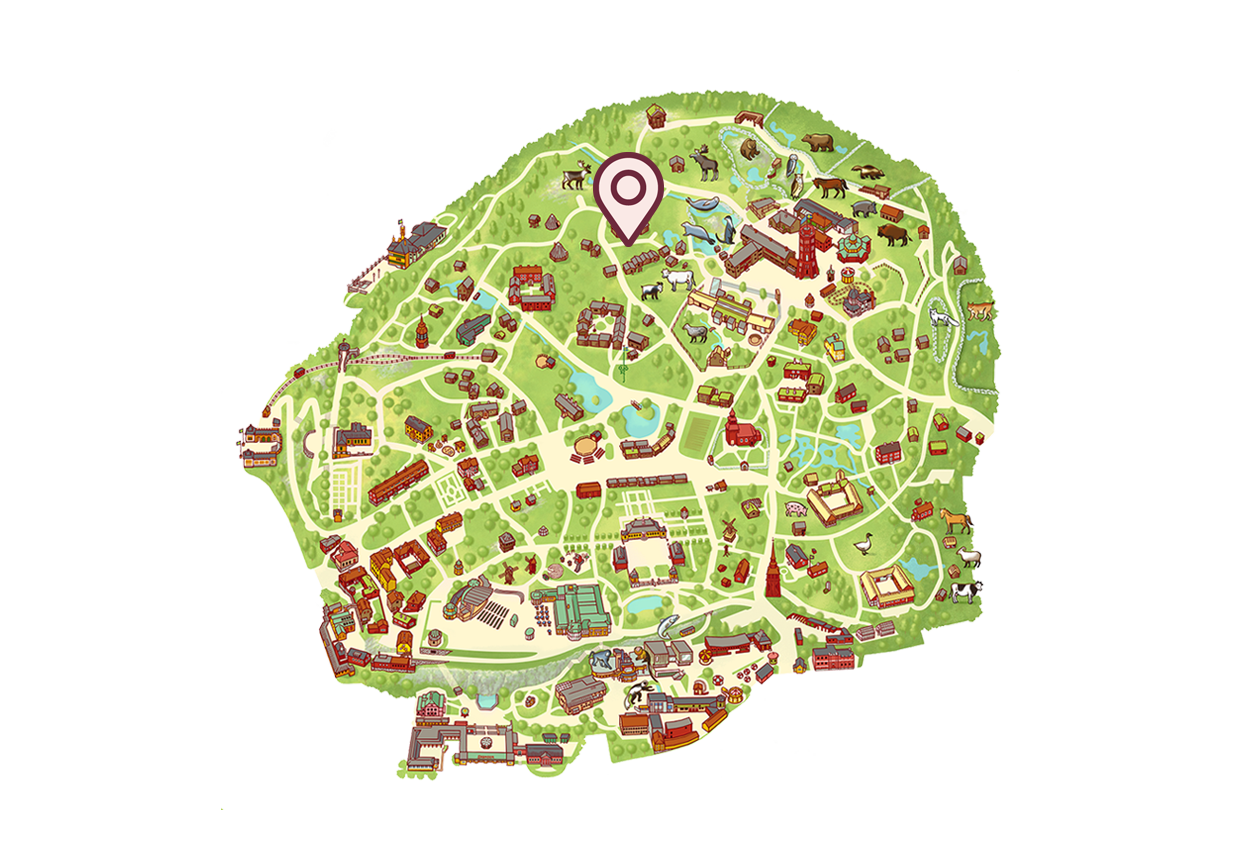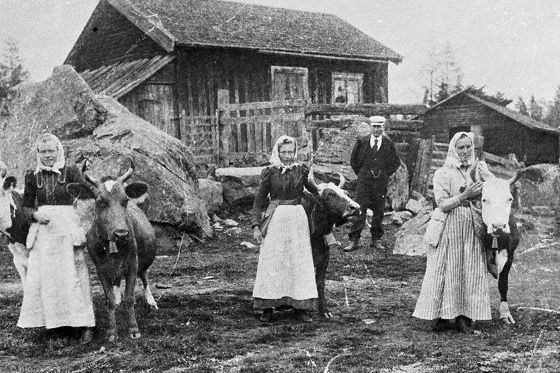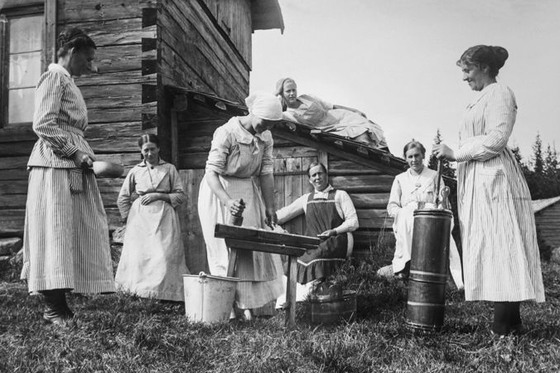Fäboden – the Summer Pasture Farm
Cows and goats were moved to the summer pasture farm during the summer, as the grass that was harvested around the farm needed to be saved for the winter. Come and discover what summers were like for a maid on a summer pasture farm in the 1910s.
| Day | Time |
|---|---|
| Today, 13 July 2025 | 11.00-17.00 |
| 14 July 2025 | 11.00-17.00 |
| 15 July 2025 | 11.00-17.00 |
| 16 July 2025 | 11.00-17.00 |
| 17 July 2025 | 11.00-17.00 |
| 18 July 2025 | 11.00-17.00 |
| 19 July 2025 | 11.00-17.00 |
| 20 July 2025 | 11.00-17.00 |
| 21 July 2025 | 11.00-17.00 |
| 22 July 2025 | 11.00-17.00 |
| 23 July 2025 | 11.00-17.00 |
| 24 July 2025 | 11.00-17.00 |
| 25 July 2025 | 11.00-17.00 |
| 26 July 2025 | 11.00-17.00 |
| 27 July 2025 | 11.00-17.00 |
| 28 July 2025 | 11.00-17.00 |
| 29 July 2025 | 11.00-17.00 |
| 30 July 2025 | 11.00-17.00 |
| 31 July 2025 | 11.00-17.00 |
| 1 August 2025 | 11.00-17.00 |
| 2 August 2025 | 11.00-17.00 |
| 3 August 2025 | 11.00-17.00 |
| 4 August 2025 | 11.00-17.00 |
| 5 August 2025 | 11.00-17.00 |
| 6 August 2025 | 11.00-17.00 |
| 7 August 2025 | 11.00-17.00 |
| 8 August 2025 | 11.00-17.00 |
| 9 August 2025 | 11.00-17.00 |
| 10 August 2025 | 11.00-17.00 |
| 11 August 2025 | 11.00-17.00 |
| 12 August 2025 | 11.00-17.00 |
| 13 August 2025 | 11.00-17.00 |
| 14 August 2025 | 11.00-17.00 |
| 15 August 2025 | 11.00-17.00 |
| 16 August 2025 | 11.00-17.00 |
| 17 August 2025 | 11.00-17.00 |
Here you will find Fäboden




